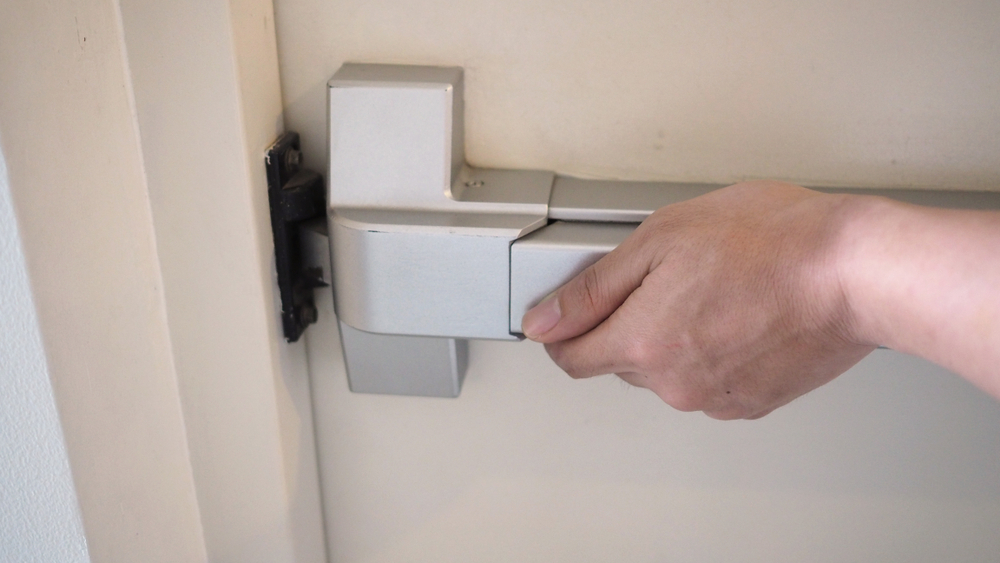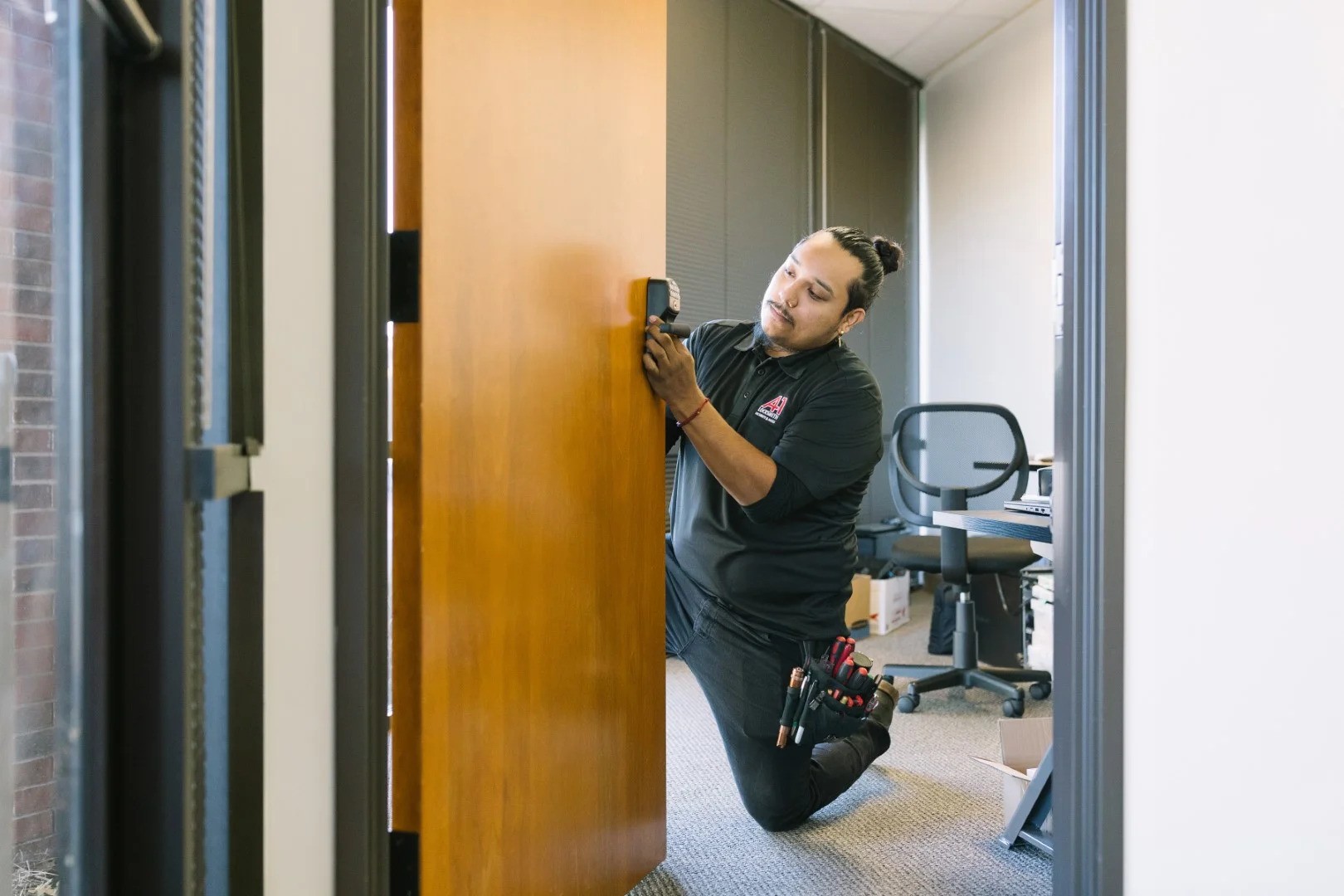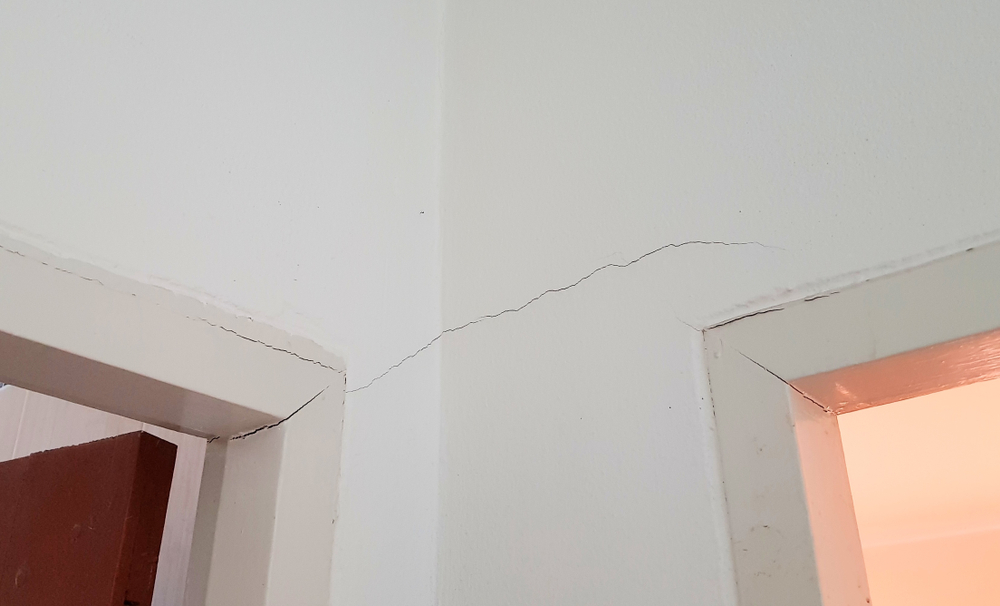Did you know that birds can pick locks? Or that locks date back 4,000 years? We’ll dive deeper into these and eight other interesting facts about locks and keys.
-
Locks date back several thousands of years.
While modern locks you’re likely visualizing were developed much more recently, the first locks we know about first appeared in Ancient Egypt. One was found in a cave in Egypt that was thought to be developed by early Egyptians, making it approximately 4,000 years old.
-
Birds can pick locks.
A parrot in the United Kingdom picked not one, but two, locks in a car escape several years ago, according to the BBC. (If birds can pick locks, we’ll all need to keep a closer eye on those seagulls when we visit the beach.)
-
Locks and keys are collectibles!
Baseball cards and stamps aren’t the only things people collect these days. Locks and keys are a big collectible industry, especially if the keys or locks are historical, complex or carry an interesting story with them.
-
Duplicating keys is a fairly new process.
You might think key duplication is an age-old process, but it didn’t really get started until the early 20th century. Before that, each key was made to be unique.
-
Locks used to be made of wood.
For obvious reasons (i.e. they’re extremely easy to break), wooden locks haven’t been popular for quite some time. But they used to be the easiest way to make a lock, even if they weren’t durable, before metal locks became commonplace.
-
Locksmithing is a complex industry.
Did you know that there are apprenticeships in the locksmith industry? As well as professional organizations and certifications? Locksmithing is more complex than it used to be, so maintaining proper, current knowledge and techniques (and licensing) is paramount.
-
Women used to wear keys.
Forget bracelets and earrings… how about keys? Viking women used to sew them into their dresses as a status symbol or sign of wealth and power. (This would be a slight security issue if you did it today.)
-
Virtually any key can be copied.
If the locksmith is skilled enough, most any key can be copied. If it was designed by a locksmith, it can be copied by a locksmith! This goes to show the knowledge and experience required by this industry.
-
Lock snapping is the most common way locks are damaged.
This is when the cylinder is broken, but anti-snap locks prevent this from happening. Lock snapping is a popular technique used by thieves as well, so it’s not always accidental.
-
Only a professional should repair a lock!
It’s easy to get tempted into a DIY repair, but more often than not, people do more damage attempting to repair a lock themselves than trusting a locksmith. The next time you have a broken, damaged or stuck lock, save yourself the headache and trust a professional locksmith to repair it.
Interested in more lock and key knowledge? Stop by any of our area A-1 Locksmith locations today and prepare to be amazed by our team of friendly, knowledgeable experts.














